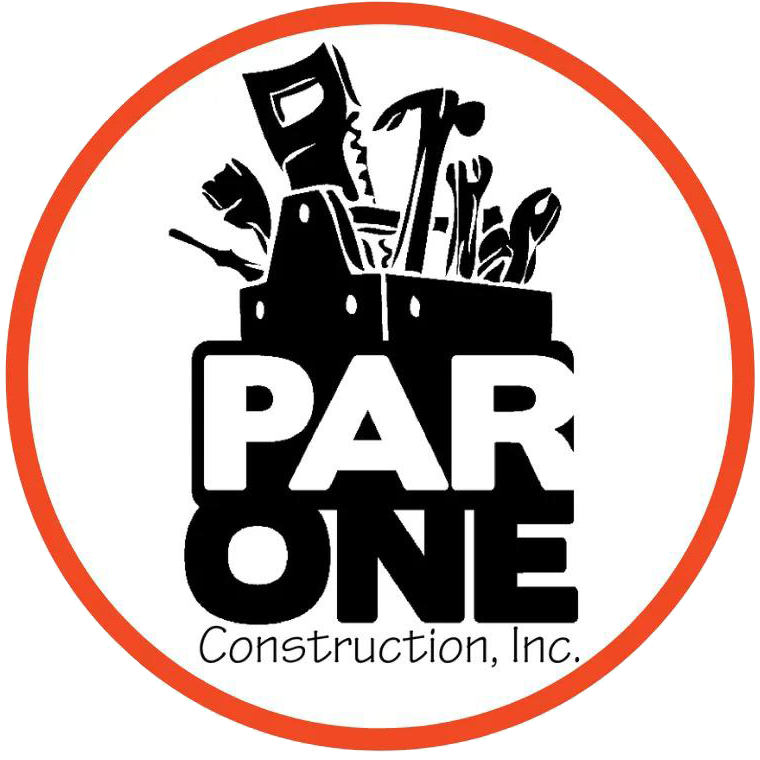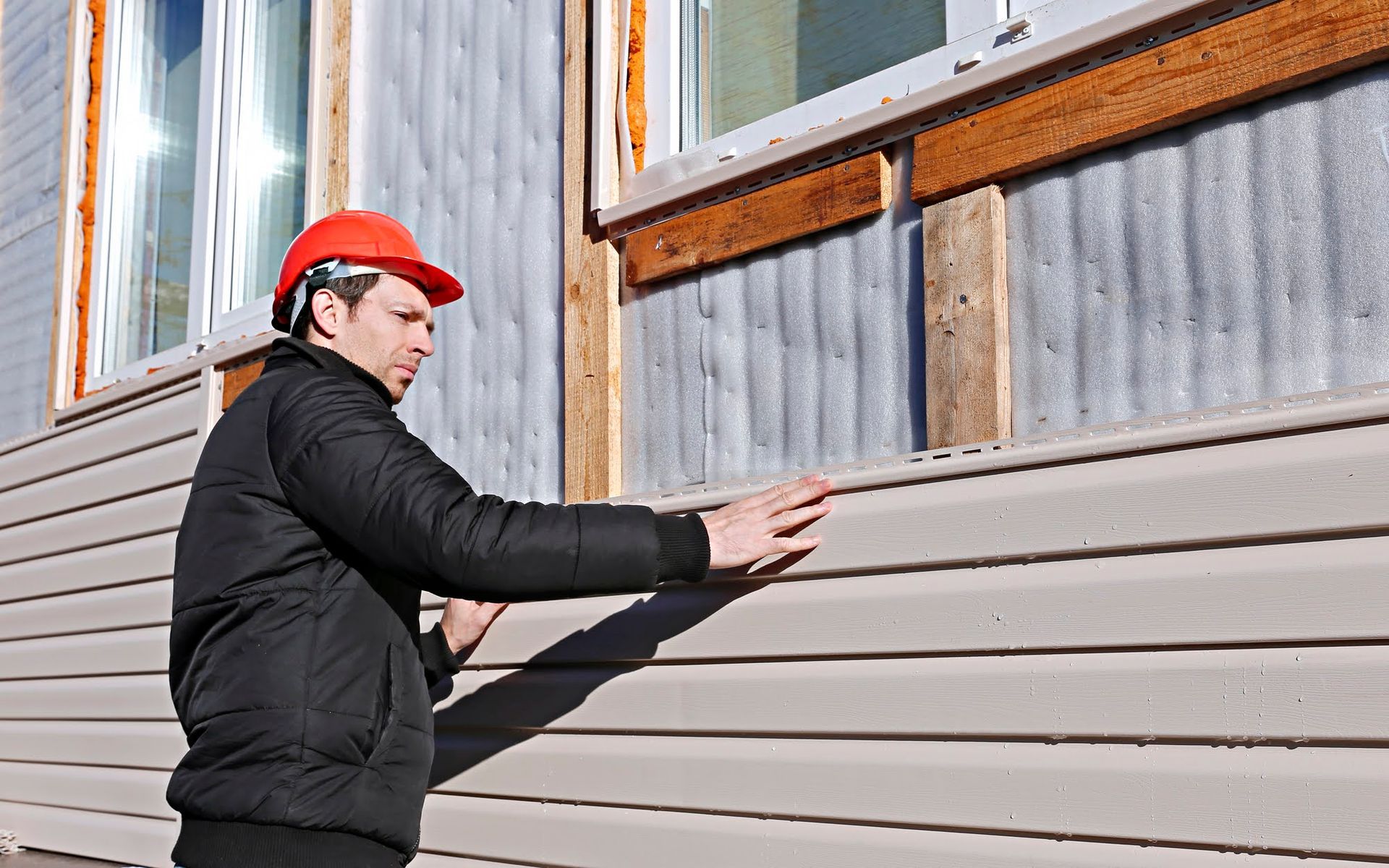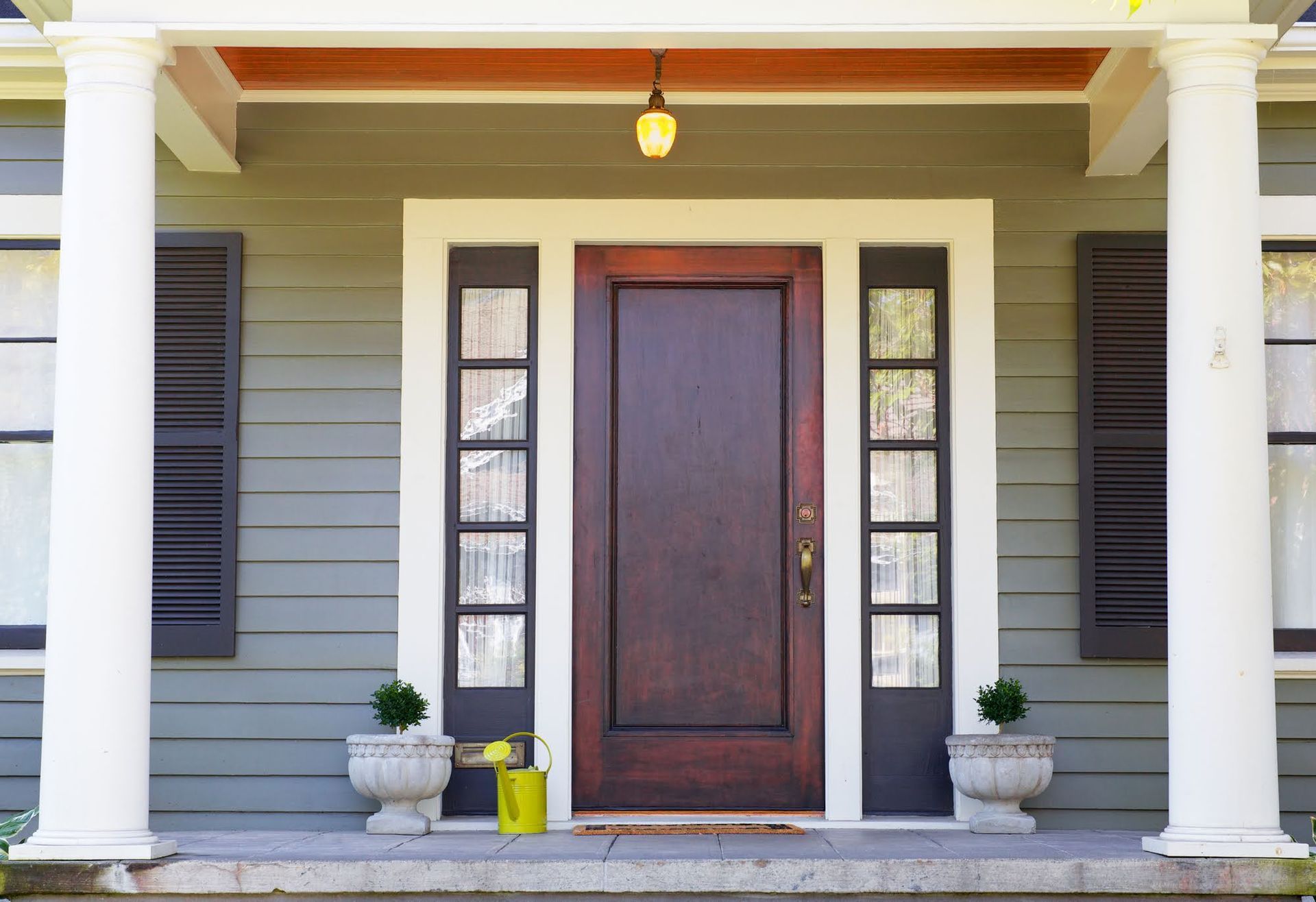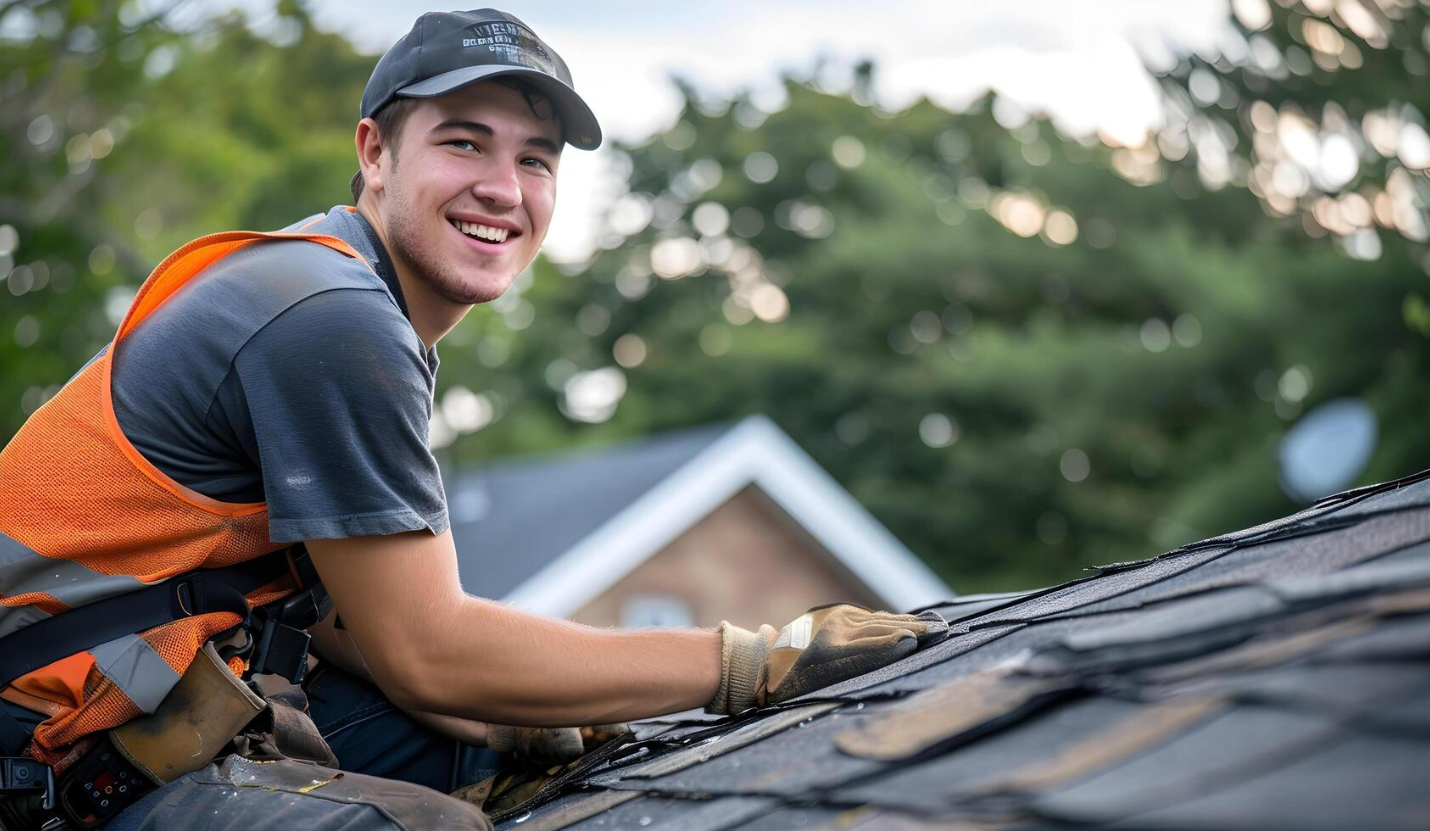What to Do If Your Roof Has Hail Damage
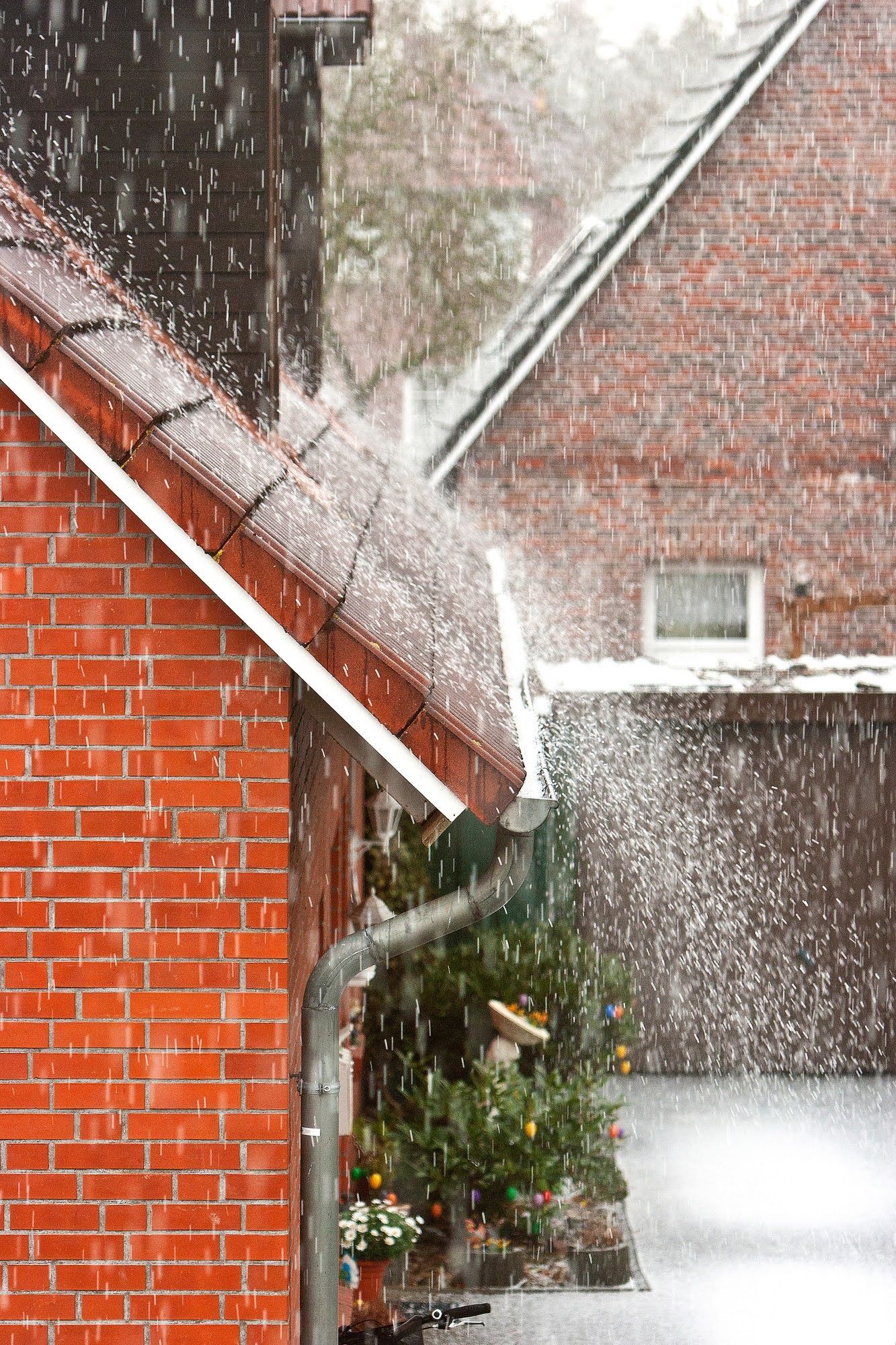
Hailstorms can cause significant damage to your roof, leaving homeowners with concerns about safety, repair costs, and insurance claims. Identifying and addressing hail damage promptly is crucial to prevent further complications like leaks and structural damage. In this guide, we'll walk you through the steps to take if your roof has been hit by hail, ensuring you can act swiftly and effectively.
Assess the Damage
Safety First
Before inspecting your roof, make sure the hailstorm has completely passed and it's safe to go outside. Severe weather can leave behind slippery surfaces and unstable structures, so proceed with caution.
Initial Inspection
Start by performing a visual inspection of your property from the ground. Look for obvious signs of damage, such as broken or missing shingles, dents in metal components, and damage to gutters and downspouts. Use binoculars to get a closer look without climbing onto the roof itself.
Detailed Roof Inspection
If you're comfortable and it's safe to do so, consider using a ladder to get a closer look at the roof. Alternatively, hire a professional roofing contractor for a thorough inspection. Here's what to check:
- Look for bruises, cracks, or missing granules from your shingles.
- Inspect the metal flashing around chimneys, vents, and skylights for dents or loosening.
- Check gutters and downspouts for dents and blockages caused by hail.
- Look inside your attic for any signs of leaks or water damage.
Document the Damage
Take Photographs
Photograph all visible damage to your roof and any other parts of your property affected by the hailstorm. These images will be crucial when filing an insurance claim.
Keep Records
Make a detailed list of the damage you observe, noting the date and approximate time of the hailstorm. This documentation will support your insurance claim and help contractors provide accurate repair estimates.
Contact Your Insurance Company
Review Your Policy
Before contacting your insurance company, review your homeowner's insurance policy to understand what coverage you have for hail damage. This will help you know what to expect during the claims process.
File a Claim
Contact your insurance company as soon as possible to report the hail damage. Provide them with the photographs and documentation you've gathered. An adjuster will likely be sent to assess the damage in person.
Cooperate with the Adjuster
If possible, be present when the insurance adjuster arrives to ensure they see all the damage you noted. Ask questions and take notes during the inspection to stay informed about the process.
Hire a Qualified Roofing Contractor
Get Multiple Estimates
Obtain estimates from several reputable roofing contractors. This will help you understand the scope and cost of the necessary repairs. Ensure each estimate includes a detailed description of the work to be done.
Check References and Credentials
Choose a contractor with a solid reputation, verified licenses, and insurance. Ask for references and check online reviews to ensure their previous work meets your standards.
Schedule the Repairs
Once you've selected a contractor, schedule the repairs as soon as possible. Delaying repairs can lead to further damage, especially if more inclement weather occurs.
Prevent Future Damage
Regular Maintenance
Maintain your roof regularly to keep it in good condition and spot potential issues before they become significant problems. Routine inspections can help you catch small damage early, preventing bigger problems down the line.
Consider Impact-Resistant Materials
Consider using impact-resistant materials designed to withstand hailstorms when repairing or replacing your roof. These materials can provide better protection and potentially lower your insurance premiums.
While hailstorms can be a stressful and costly event for homeowners, taking swift and thorough action can help minimize the damage. By following these steps, you can ensure your roof is back in top shape in no time. If you need hail damage repair for your roof, work with our professional roofers at Par One Construction.



